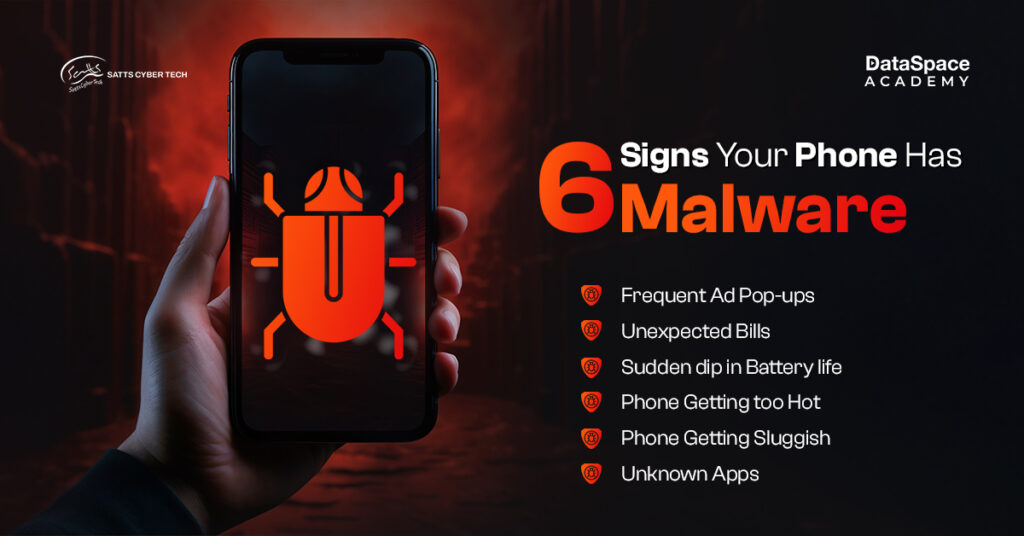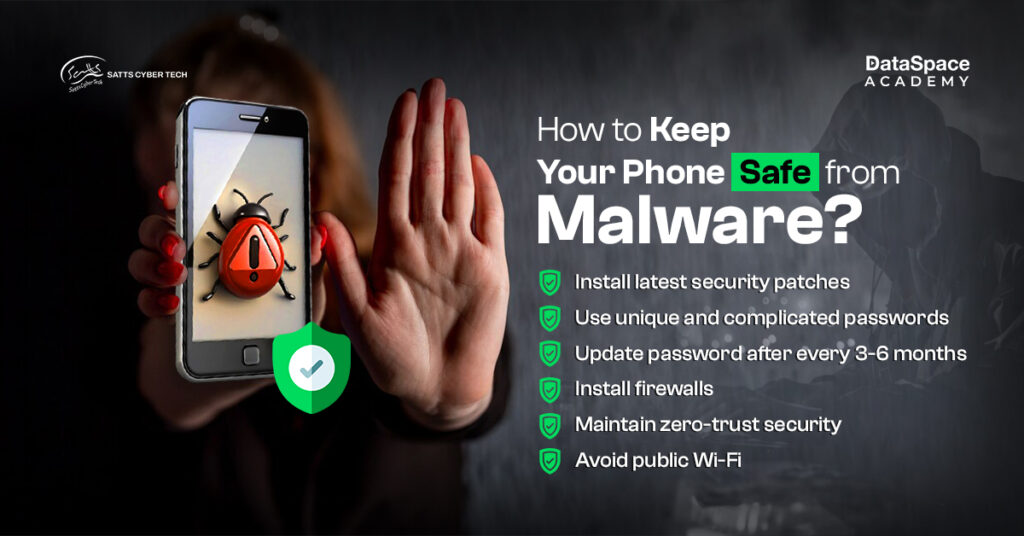Cyberattacks on mobile phones
surged by 147% in 2023 compared to 2022. With 2025 approaching, the numbers are only rising.
Is your phone slowing down abnormally? Are you frequently experiencing call drops in your network? That’s probably because your phone might be infected with malware, secretly spying on your digital activities and transactions. Scary isn’t it?
Both iOS and Android mobiles are under the radar of attackers - however, research says that Android devices are
50 times more likely to be infected with malware than iOS devices.
So,
how to remove malware from phone? Is it possible? Yes, it is. But, prevention should be your priority as the impact of malware attacks could be more than devastating.
This blog sheds light on the telltale signs of malware attacks on phones, their disastrous consequences, and also how to troubleshoot the problem.
Cybercriminals are constantly evolving and developing shrewd techniques to access your phone with your permission (unbeknownst to you). Yes, you read that right! Most of the time it’s you who allow threat actors to gain unauthorised access to your phone by clicking unverified links sent via texts, WhatsApp messages, and emails - or simply by granting permission to cloned apps.
Some of the common mobile malware are RAT (Remote Access Trojans), spyware, adware, crypto mining malware, etc. Let’s explore how these illicitv emenets can adversely compromise your digital privacy through your phone.

So here we present some proven symptoms to detect malware in Android and iPhone before it's too late:
If you are experiencing some or all of the above-mentioned symptoms in your phone, and wondering
how to prevent malware, here is your guide:

Prevention is always better than cure. It’s high time to keep your phone protected from malware with the following tips:
With malware attacks on phones on the rise, there is an increasing demand for skilled penetration testers or cybersecurity experts. If you are aspiring to be a cybersecurity, enroll in our industry-leading
penetration testing course for beginners. The course includes theoretical and practical training to help you develop hands-on pentesting skills to prevent malware attacks.

 So here we present some proven symptoms to detect malware in Android and iPhone before it's too late:
So here we present some proven symptoms to detect malware in Android and iPhone before it's too late:
 Prevention is always better than cure. It’s high time to keep your phone protected from malware with the following tips:
Prevention is always better than cure. It’s high time to keep your phone protected from malware with the following tips:
